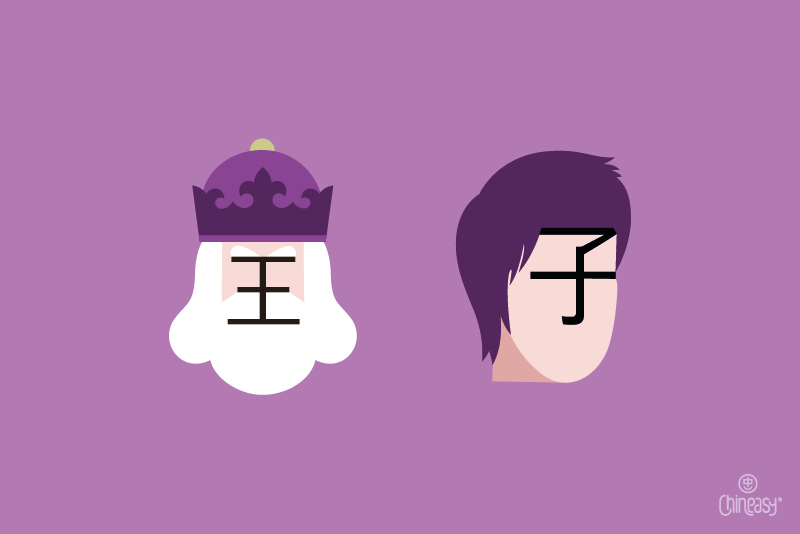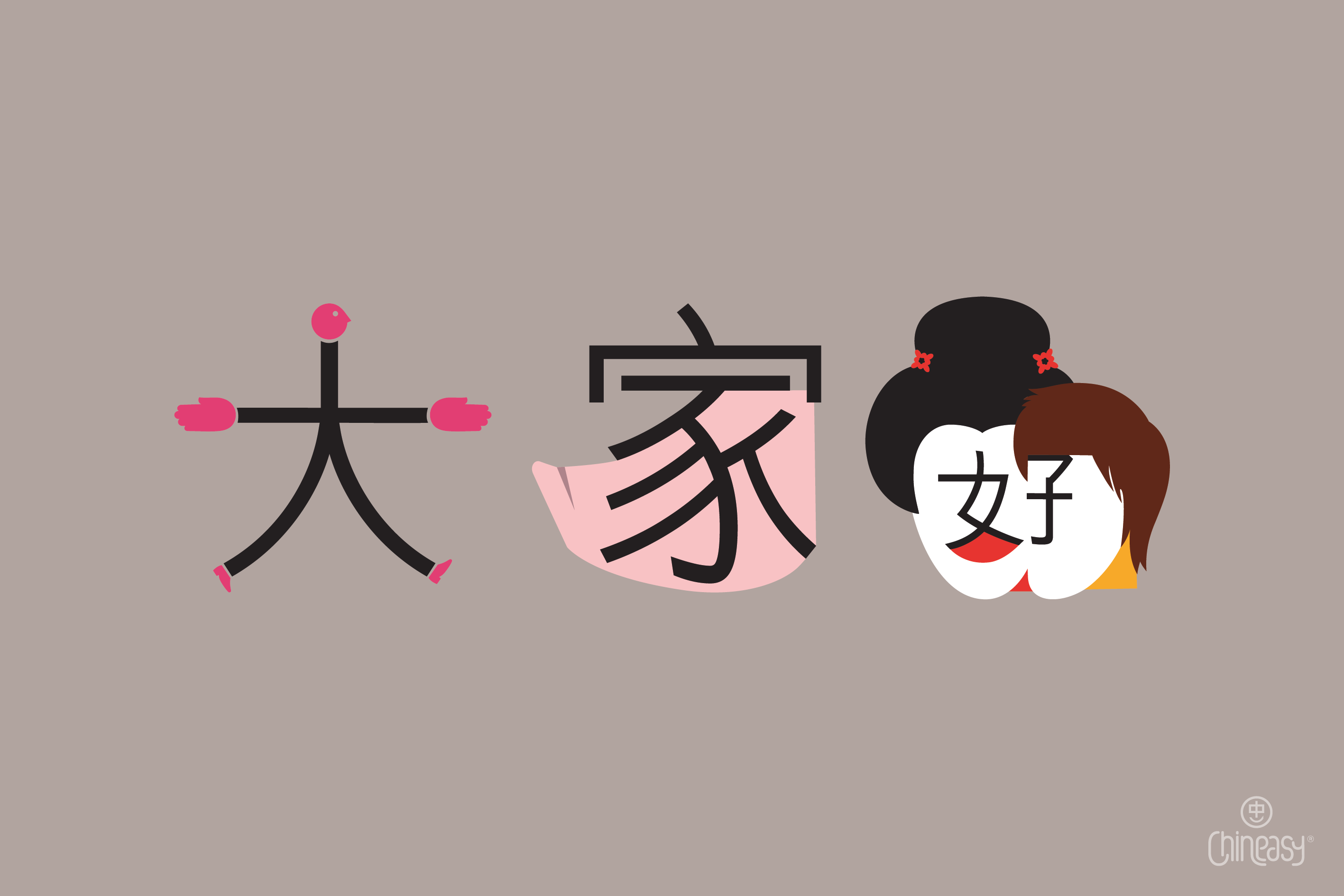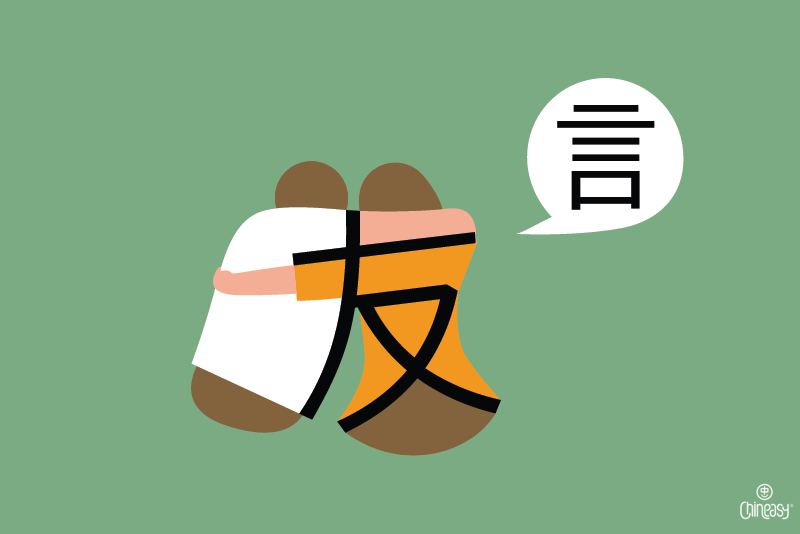The Chinese language captivates language learners with its intricate characters and distinctive pronunciation. While Pinyin reigns as the most widely recognized romanization system for learning Chinese, a lesser-known yet remarkable phonetic system, Zhuyin, also as known as Bopomofo, offers its own unique style and advantages. In this post, we’ll uncover the intriguing story behind Zhuyin, delve into its mechanics, and compare its features with those of Pinyin. Join us as we explore this fascinating alternative that stands apart from its popular counterpart.
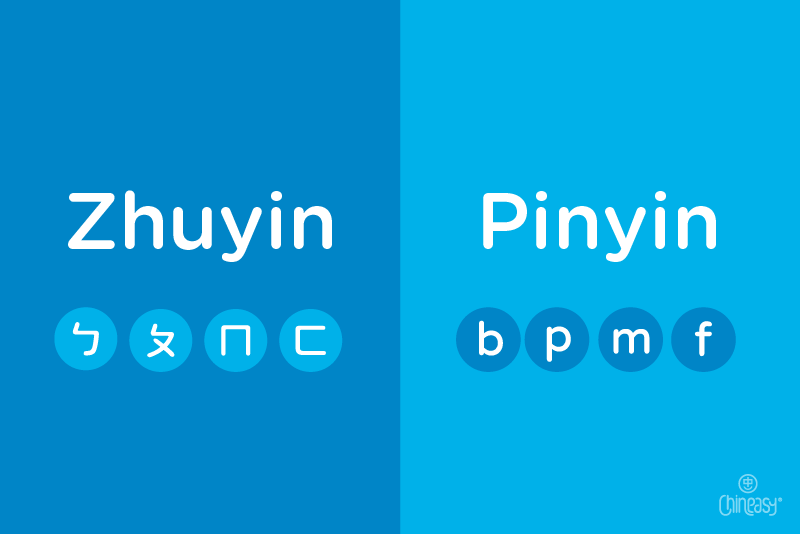
The origins of Zhuyin
Zhuyin emerged in the early 20th century during a period of significant transformation in China. As part of the broader New Culture Movement, which aimed to modernize Chinese society and promote education, the Chinese government established the Commission on the Unification of Pronunciation (讀音統一會/读音统一会) in 1912 to create a standardized phonetic system. It was within this context that Zhuyin was developed.
The Zhuyin phonetic system utilizes a unique set of symbols to represent the sounds of the Chinese language. The alternate name “Bopomofo” originates from the first four symbols of the system, i.e., ㄅㄆㄇㄈ, which correspond to the sounds “bo,” “po,” “mo,” and “fo,” respectively. In Chinese, Zhuyin is written as 注音. The Pinyin of 注音 is zhù yīn, the spelling symbol more familiar to most learners of Chinese. However, when represented by “Bopomofo,” the sound symbol becomes ㄓㄨ ㄧㄣ˙.
How Zhuyin works
Zhuyin consists of 37 basic symbols and four tone marks, representing the sounds and tones in Mandarin Chinese. These symbols are not based on the Latin alphabet like Pinyin, but were derived from the simplified forms of Chinese characters. Each symbol represents a single syllable, which can either be an initial, a final, or a standalone syllable.
The 37 basic symbols are divided into 21 initials (consonants) and 16 finals (vowels and diphthongs). The four tone marks are used to indicate the four tones of Mandarin Chinese: first tone (high-level, ˉ), second tone (rising, ˊ), third tone (falling-rising, ˇ), and fourth tone (falling, ˋ).
The tone-indicating system of Pinyin is the same as the one in Zhuyin, as both systems represent the four tones of Mandarin Chinese. The main difference lies in the way they mark the tones. In Pinyin, tone marks are diacritics placed above the vowel, whereas, in Zhuyin, tone marks are separate symbols placed above the final symbol. So, to write in Zhuyin, you combine the appropriate initial and final symbols and add the tone mark above the final symbol to indicate the correct pronunciation.
Here are some examples:
早上好!(Good morning.)
Pinyin: zǎoshang hǎo
Zhuyin: ㄗㄠˇ ㄕㄤ˙ ㄏㄠˇ
我比他高。(I’m taller than him. )
Pinyin: wǒ bǐ tā gāo
Zhuyin: ㄨㄛˇ ㄅ丨ˇ ㄊㄚ ㄍㄠ
Despite this difference in notation, the purpose of tone marks in both systems is the same—to indicate the correct pronunciation of a syllable based on its tone.
Zhuyin vs Pinyin
While both Zhuyin and Pinyin serve as phonetic notation systems for the Chinese language, there are some key differences between the two:
- Symbol differences: Zhuyin uses a unique set of symbols derived from Chinese characters, while Pinyin uses the Latin alphabet. This difference makes Zhuyin visually different from the Chinese characters it represents, which can reduce confusion for learners.
- Regional usage: Zhuyin is primarily used in Taiwan, whereas Pinyin is more widely used and officially adopted in Mainland China. Therefore, knowing Zhuyin can be beneficial if you plan to study or work in Taiwan. However, in some overseas Chinese language classes, teachers may prefer to teach one phonetic system over the other.
- Learning curve: Learning either Zhuyin or Pinyin may present different challenges for different learners. Some people may find Zhuyin more difficult to learn due to its unique symbols, while others may struggle with Pinyin’s pronunciation as learners, especially those whose mother tongue is a European language, may use their native language to pronounce Pinyin, leading to potential mispronunciations or inaccuracies.
- Typing: Zhuyin is frequently used for typing Chinese characters on computer keyboards and mobile devices in Taiwan. In contrast, Pinyin input methods are more common in Mainland China and among international learners.
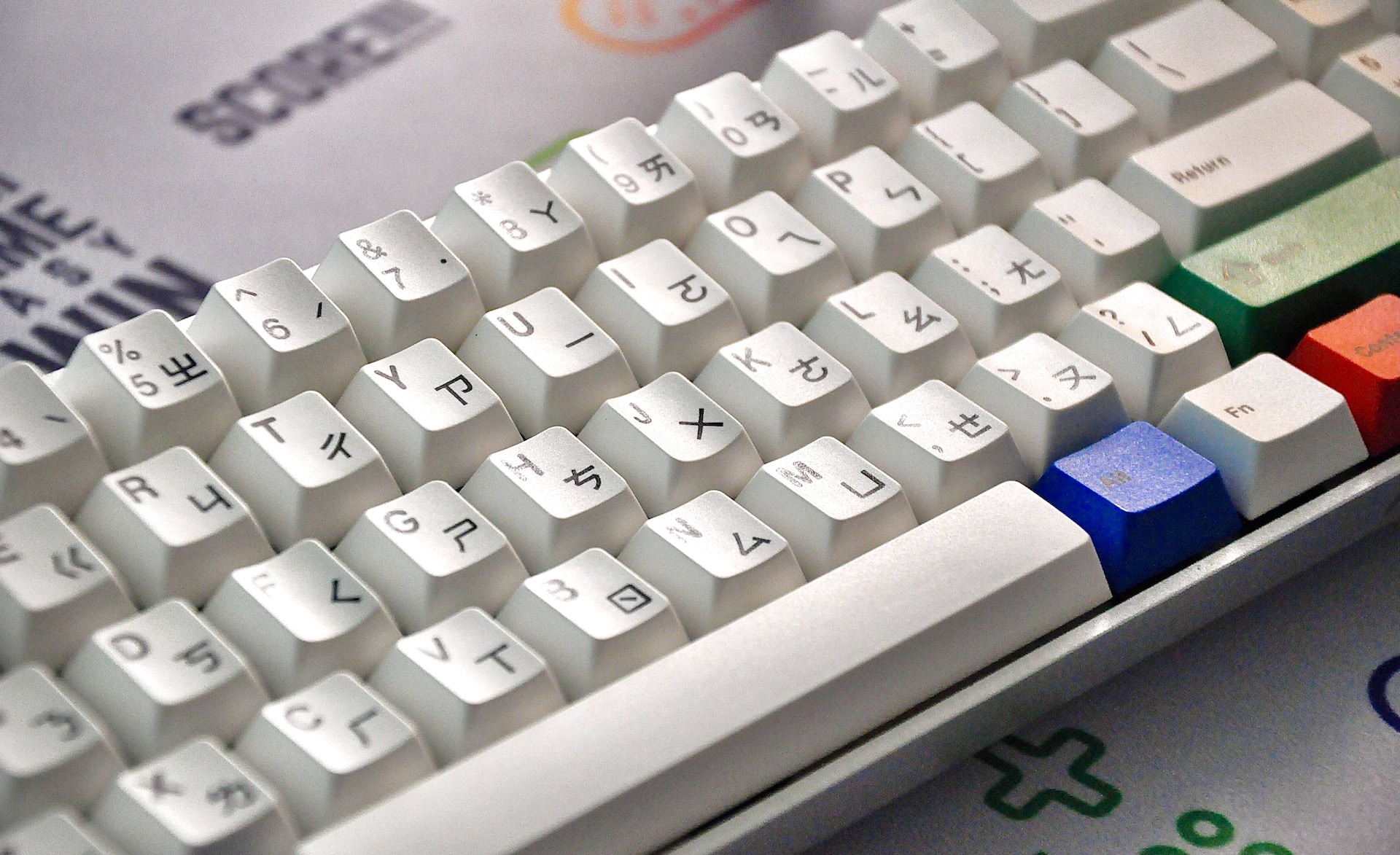
Photo by Jay Zhang on Unsplash
Conclusion
Zhuyin, or Bopomofo, offers a unique alternative to Pinyin for learning Chinese, presenting its own advantages and challenges. Although Pinyin is more widely recognized, Zhuyin may better suit certain learners, particularly those with an interest in Taiwan. The choice between Zhuyin and Pinyin ultimately depends on individual preferences, learning objectives, and regional focus. By taking these factors into account, you can make an informed decision about the transcription system best suited for your Chinese-learning journey, ultimately leading to a more personalized and effective language-learning experience.
